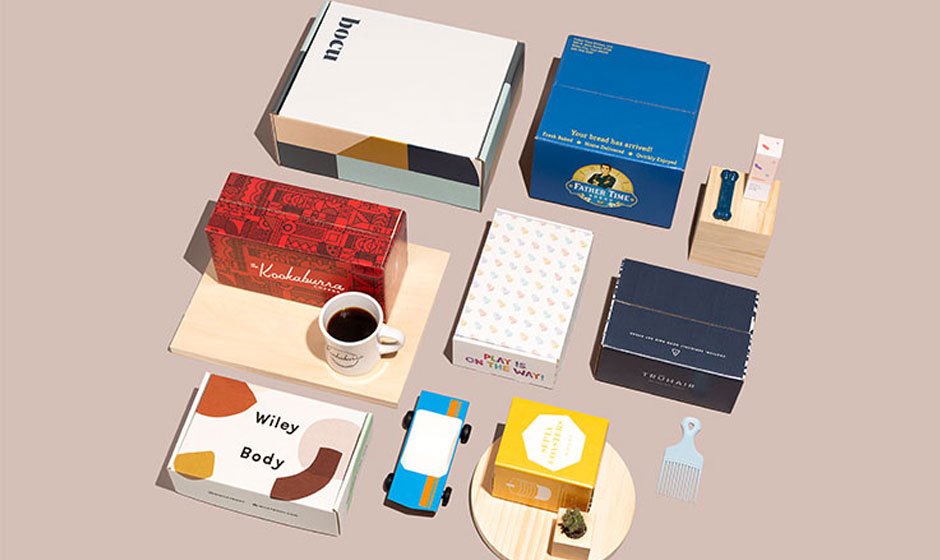If you sell products, you understand how important your packaging is. It is your customers’ first impression of your product and company. In the highly competitive food market, flexible food packaging has gained popularity. These are some considerations for choosing the right packaging for your products.
Consider Your Product
Your first consideration is your product needs. For example, do you need impenetrable options, and should it keep out light and moisture? Do you want your customers to see your product through a window, or would you rather have more printing space?
Understand Your Budget
Your budget plays a key role in the type of packaging you purchase. You may already have machinery for specific types, such as rollstock, pouches, glass or plastic containers or rigid box options. In addition, some materials are more costly than others.
Therefore, you should understand what you can spend on packaging. Consider any other items you may need to purchase to improve filling and sealing efficiencies. You should also calculate the cost of transporting your goods to the market and any other distribution or sales costs you may encounter.
Rollstock Packaging
You also need to consider your packaging process. With flexible packaging, you can use roll packaging that gets cut, filled and sealed via machine. This packaging tends to lay flat and comes in many shapes and sizes.
You can also find flexible packaging that comes in pouches. They can be machine-filled as well, but they stand up on gusseted bottoms so they stand out on the shelves. You can also choose wrappers made from a variety of materials, including cellophane, that show off your product.
Sustainable Packaging
More and more consumers have adopted environmental concerns. Therefore, many have started choosing products from companies that have green initiatives. One of the easiest initiatives you can adopt is sustainable packaging.
You can choose options that biodegrade quickly or that your customers can recycle. You also have the option of reusable packaging. In addition, consider avoiding heavy, bulky packaging that takes up more room and weighs more.
Transportation
Bulky, heavy packaging increases your transportation costs and reduces the number of products you can ship at once. Efficient transportation means that you save space while still protecting your products inside their packaging so they are in perfect condition when they reach the store shelves.
Flexible packaging reduces the space you need during shipment and on shelves. You can also fit more on the shelves. In addition, it tends to be lighter and you can get more in a box or on a pallet, increasing your potential profits. Your per-unit shipping costs tend to be lower on flexible options as well.
Printing Real Estate
Your packaging should highlight and reflect your brand. Therefore, you should evaluate your design and the printing real estate on your options. Consider your target audience and what they expect from you. You can also evaluate the types of packaging they choose, e.g., stand-up or lay-flat options as well as materials. The more printing real estate you have, the more information and connection options, such as including stories or QR codes where they can learn more or connect with your company, you can give your customers.
Whether you choose mylar bags or cardboard boxes, find the best packaging option for your company and products.

